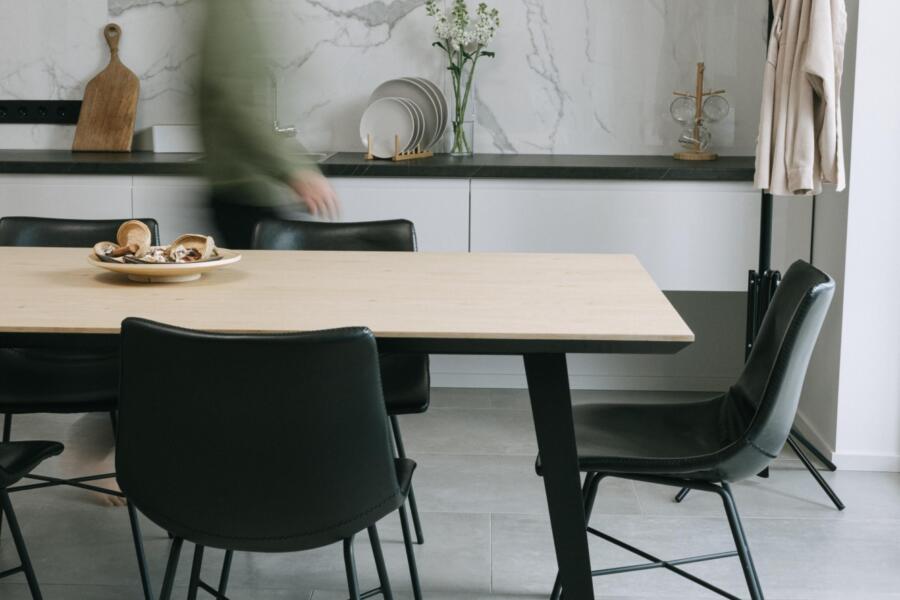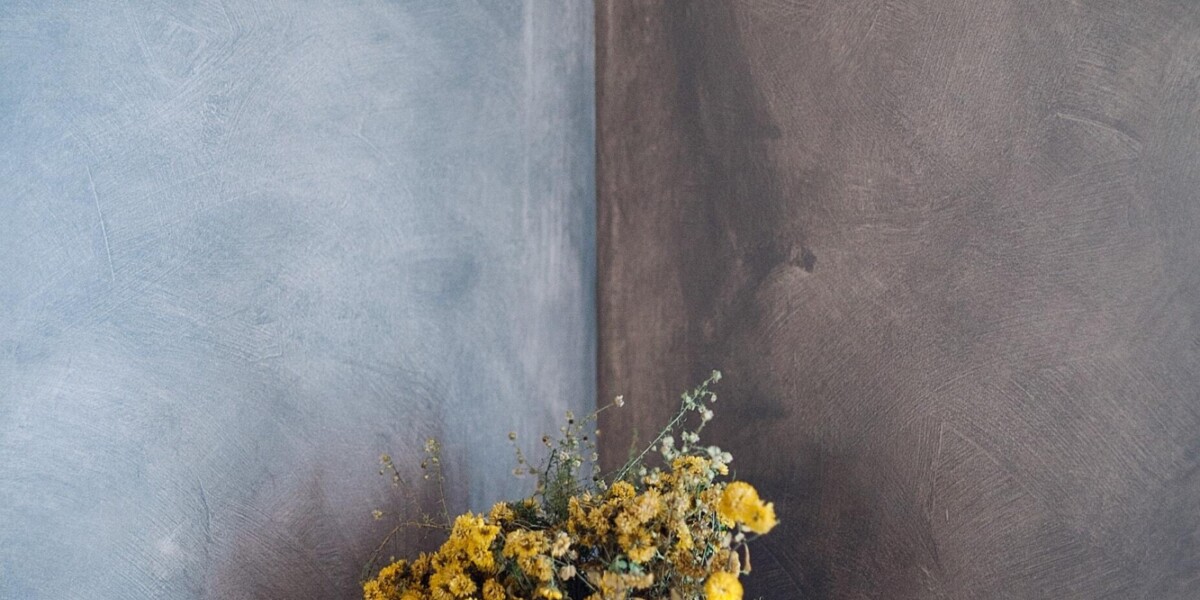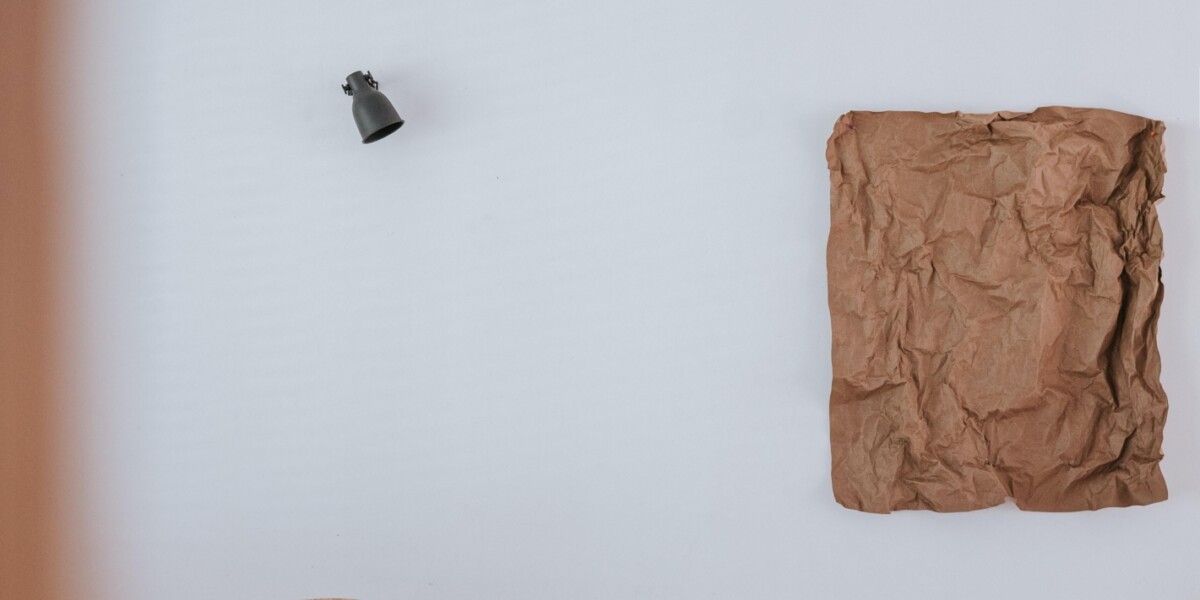
Wabi sabi is an ancient philosophy that encourages us to search for the beauty in imperfection.
In Japanese culture, there is no true definition for this term; the meaning differs so much from person to person. Put simply, it is a way of celebrating imperfections and natural changes in your life. For some, this can manifest visually, like moss growing on a stone. For others, it can be more symbolic, such as something in their life that has changed over time.
However you interpret it, the concept is influencing interior designers across the globe.
In western culture, wabi sabi is similar to liminal design, with both incorporating earthy tones, minimalistic design, and touches of nature into design. However, unlike liminal design, wabi sabi encourages you to delve deeper, including objects of sentimental value in your décor to create a space that is individual to you, celebrating the beautiful imperfection of your every day. The idea is to create a space that is unique; defining you, your life, your family, your spirituality, and things you enjoy.
A great starting point is to choose an object or idea that you truly connect with and build on that. If you were to use a photograph, for example, you could incorporate colours from it into your home.

Filling your space with candles or diffusers that smell of nature is another way to help bring wabi sabi into your home – aromas of cedar or pine to remind you of the trees around your house, or scents of the sea for those who live by the coast. Personal touches such as this stimulate the senses and help to create an environment that feels natural and comfortable – as encouraged in wabi sabi philosophy.

Soft furnishings can help create a state of wabi sabi, with fresh linen and cotton encouraging a relaxing atmosphere. The added benefit of using cotton is that it is biodegradable and so can age gracefully, further contributing to wabi sabi, unlike materials made from microfibres (plastic).
Simple touches like this could transform your space into an inviting place for loved ones to enjoy, so why not give it a try?









